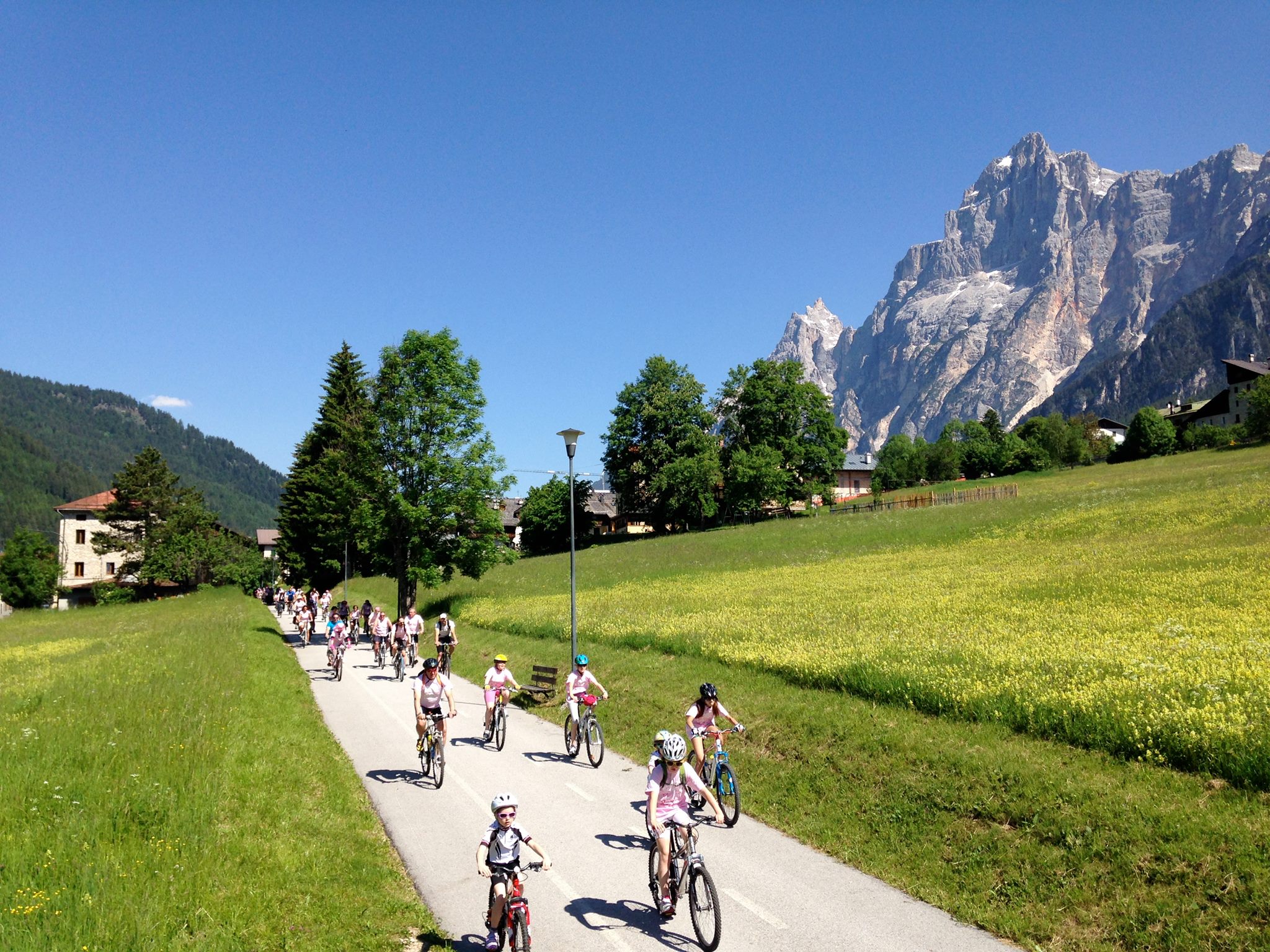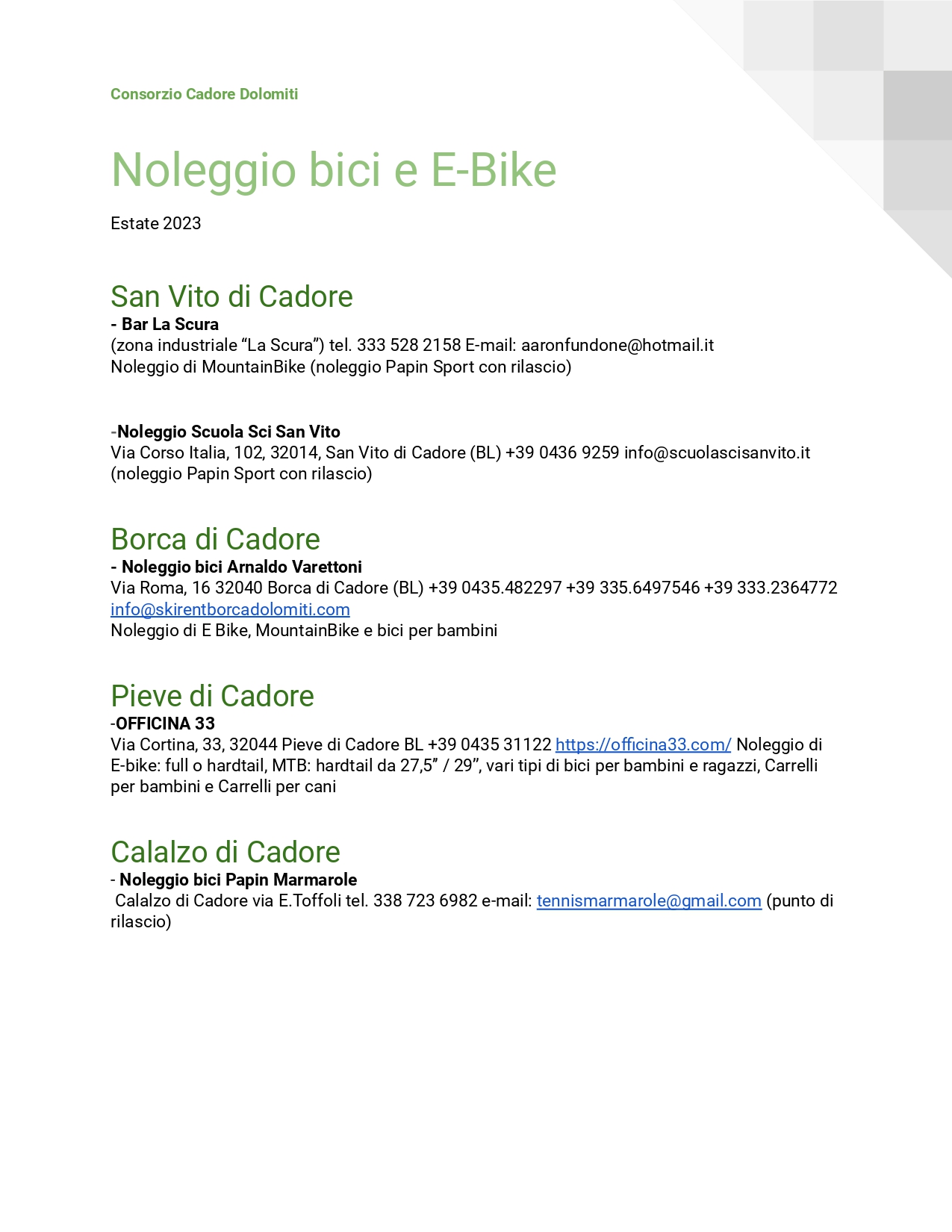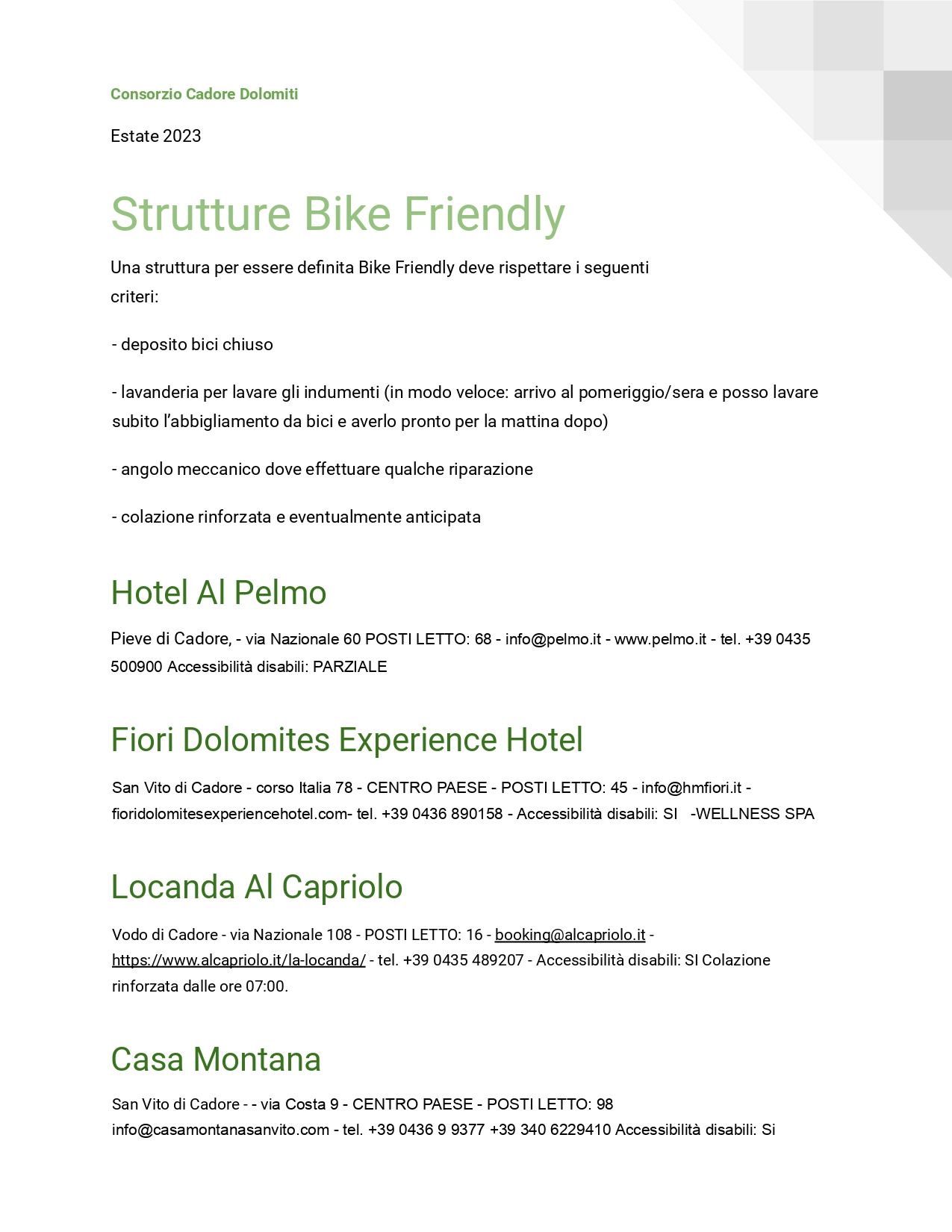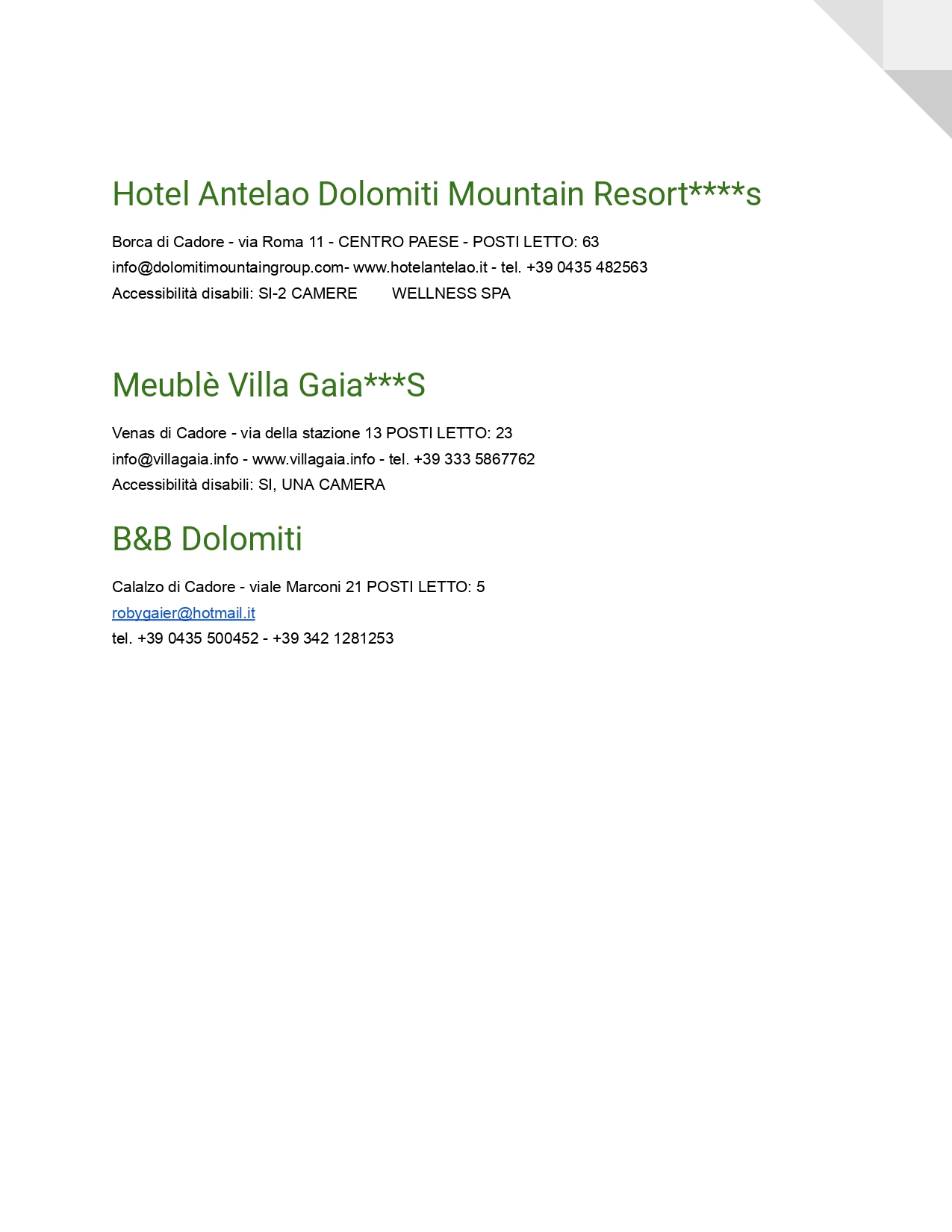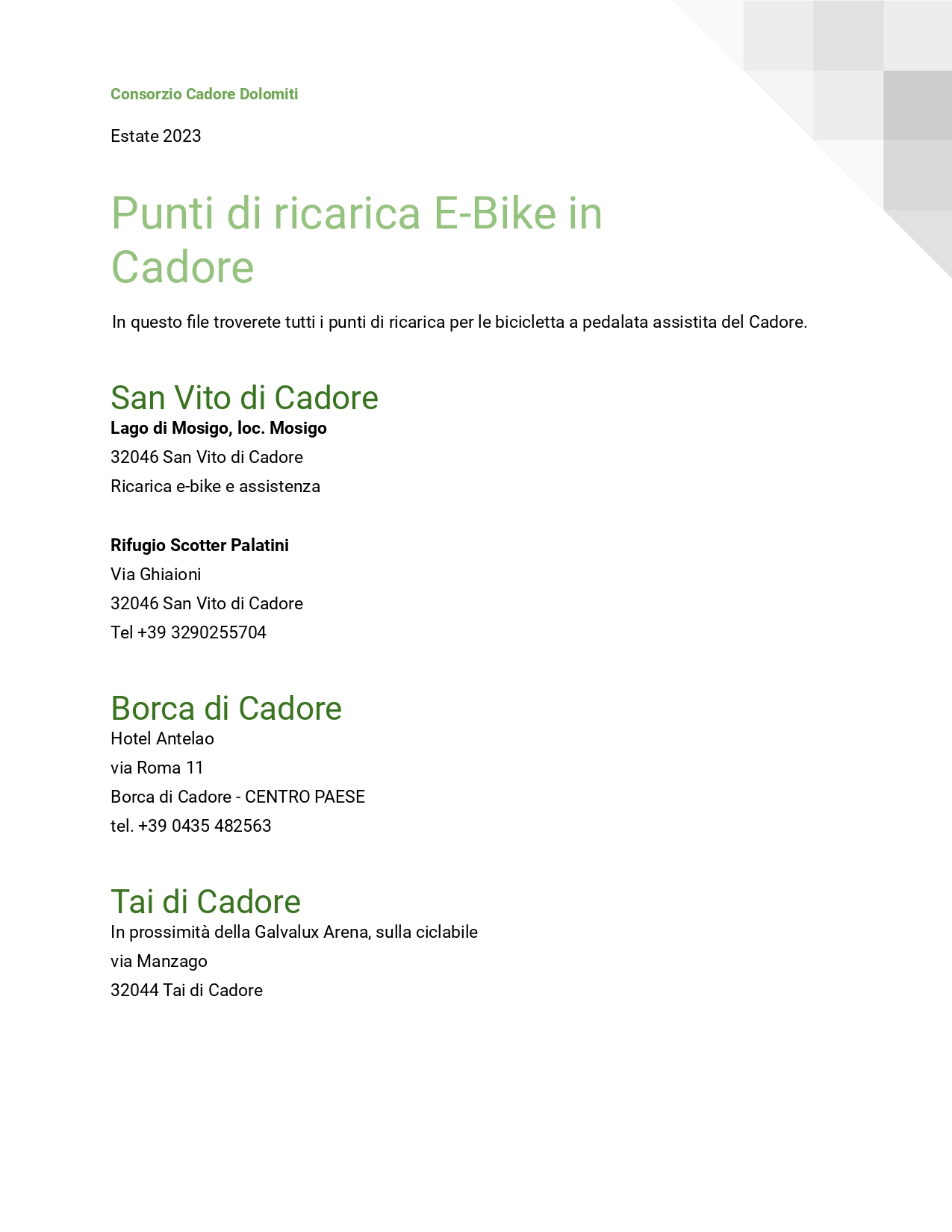The former railway
On the Italian side, Calalzo di Cadore had already been connected to Belluno by the national railway since 1912, but a 'Decauville' track was installed on the roadway of the Alemagna state road from Peaio, where the war material was transported by cableway from Perarolo, creating a precarious and not entirely complete connection as far as Zuel, for the support of the Italian troops that soon invaded Cortina.
The following events after the defeat at Caporetto left the entire Belluno area in Austrian hands. The section between Cortina and Calalzo was completed by the Austrians with the adaptation to a stable railway on its own track, narrow gauge and steam traction.
The following events after the defeat at Caporetto left the entire Belluno area in Austrian hands. The section between Cortina and Calalzo was completed by the Austrians with the adaptation to a stable railway on its own track, narrow gauge and steam traction.
By 1921, the railway was fully operational as a civil link, but operated by the military, although there were very few trains passing through, only one run every two days and during the summer period. To these were added a few freight trains, particularly it was used to transport timber of the woods. On 16 June 1921, service on the Dobbiaco, Cortina, Calalzo line officially began. Due to the heavy financial losses and the demanding work of continuous maintenance, the railway was decommissioned by the army and, in 1923, given to the Railway Commissioner of Bolzano, who gave a boost and greater regularity to the connections. Shortly afterwards, the line was electrified, but plans to make it standard gauge were not realised.
In 1956 Winter Olympics the road was closed to private traffic and most of the tourists and athletes used the railway, which reached the respectable figure of 7000 passengers per day.
When the Winter Olympics ended, passenger transport collapsed, with a preference for private motoring. Financing, investment and, above all, maintenance left something to be desired and numerous minor accidents presaged what was to be the biggest disaster in the history of this railway. On 11 March 1960, part of a convoy derailed near Acquabona (just outside Cortina) and ended up in a deep escarpment, causing two deaths and about thirty serious injuries.
The decision was made for a road link by bus.
In December 1961, the service was resumed, albeit with serious financial losses, and services officially continued until 23 March 1962, although some convoys continued to run until May 1964, when the route was decommissioned.
The section between Dobbiaco and Cortina was abandoned but maintained as it was far from the roadway, which is why we now have a route without the tracks, as the iron bridges are intact.
In 1956 Winter Olympics the road was closed to private traffic and most of the tourists and athletes used the railway, which reached the respectable figure of 7000 passengers per day.
When the Winter Olympics ended, passenger transport collapsed, with a preference for private motoring. Financing, investment and, above all, maintenance left something to be desired and numerous minor accidents presaged what was to be the biggest disaster in the history of this railway. On 11 March 1960, part of a convoy derailed near Acquabona (just outside Cortina) and ended up in a deep escarpment, causing two deaths and about thirty serious injuries.
The decision was made for a road link by bus.
In December 1961, the service was resumed, albeit with serious financial losses, and services officially continued until 23 March 1962, although some convoys continued to run until May 1964, when the route was decommissioned.
The section between Dobbiaco and Cortina was abandoned but maintained as it was far from the roadway, which is why we now have a route without the tracks, as the iron bridges are intact.
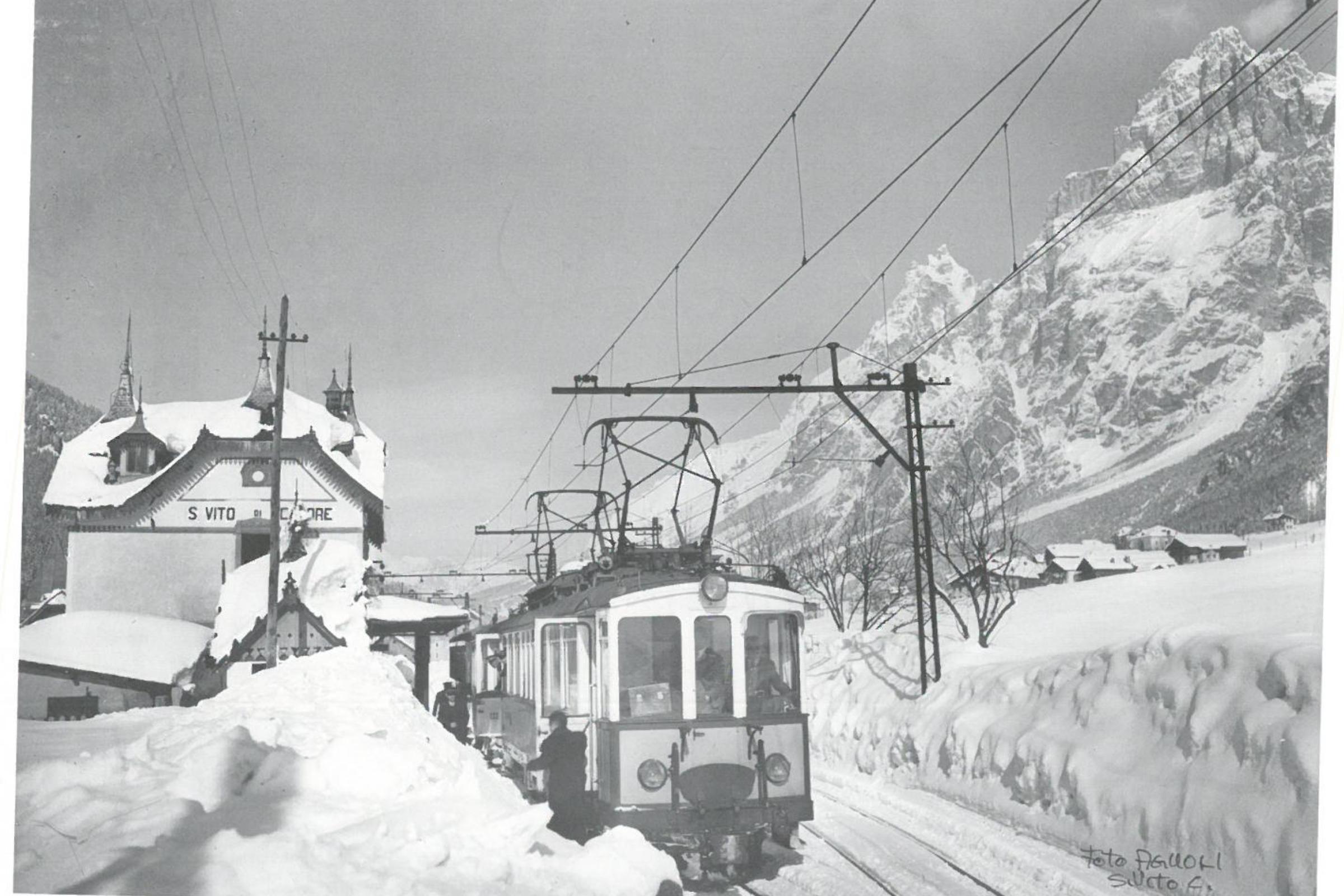
Today
After the railway was abandoned in 1964, the tracks were also removed and so it was transformed into today's cycle path, called "La Lunga Via delle Dolomiti". Along the way, it is possibile to see bridges and the famous tunnels. You can also admire the old stations, now converted into bars or museums, such as the one in San Vito di Cadore. Here, you can admire the famous blue tramway that is in perfect working order, complete with bridges and tunnels. A real gem that fascinates young and old alike
In addition to the train, there are fossils and ancient artefacts. Next to the station is a beautiful botanical garden with signs indicating the type of plant.
The cycle path can be travelled on foot as well as on two wheels and is also suitable for children due to the easy gradients it has with its mostly asphalted surface.
The cycle path can be travelled on foot as well as on two wheels and is also suitable for children due to the easy gradients it has with its mostly asphalted surface.
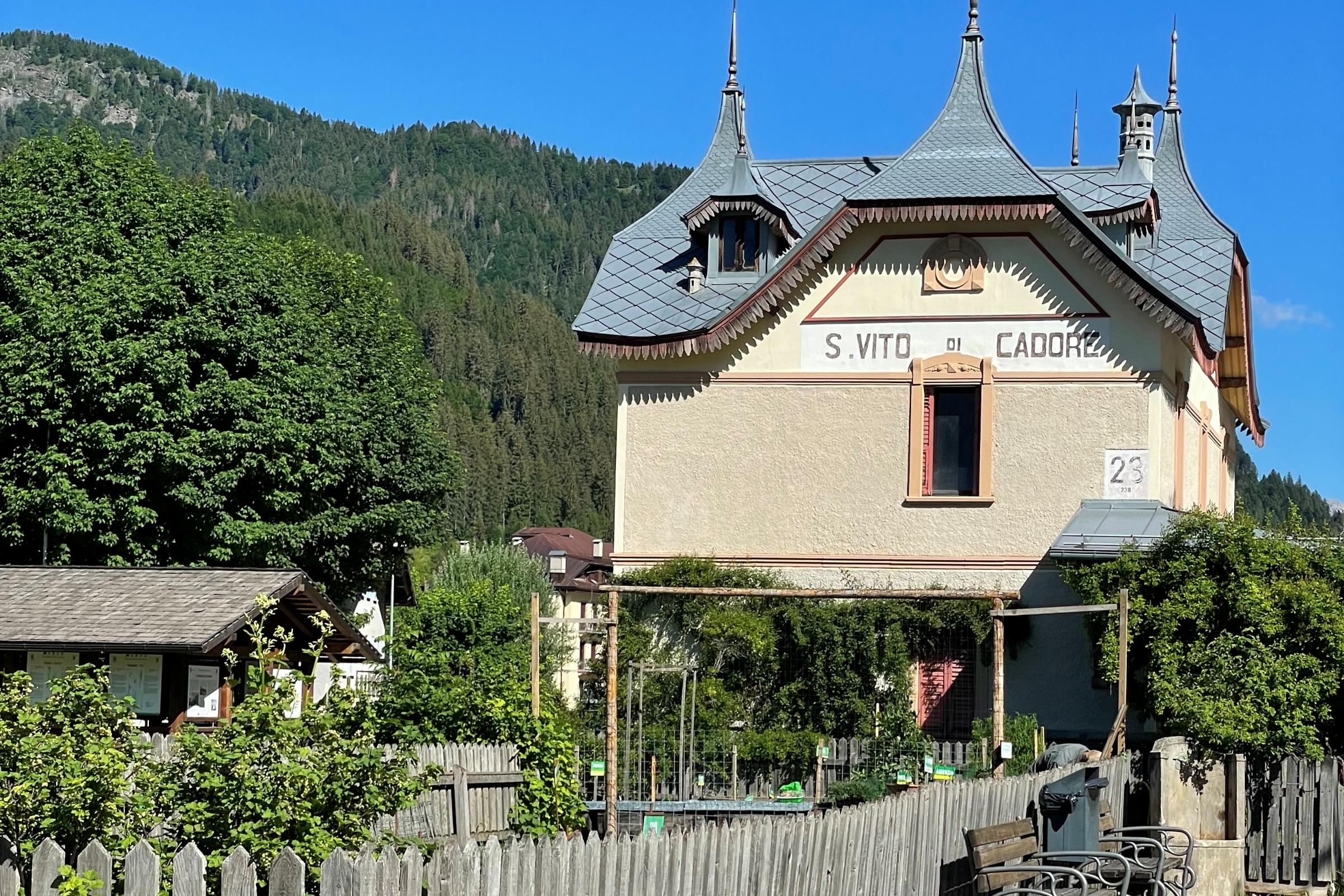
The route
The starting point is the Cimabanche Pass, which divide the Ampezzo Valley and the Pusteria Valley. The route crosses the Boite Valley, whose waters flow into the bottom and feed picturesque alpine lakes; all around are coniferous forests overlooked by the Tofane, Monte Pelmo, and Monte Antelao. The cycle path keeps at high altitude and crosses Cortina D'Ampezzo and all the Cadore villages: San Vito, Borca, Vodo, Venas, Valle and Tai. An easy diversions leads to Pieve di Cadore, the last stop before arriving in Calalzo, the arrival point of the beautiful cycle path.
